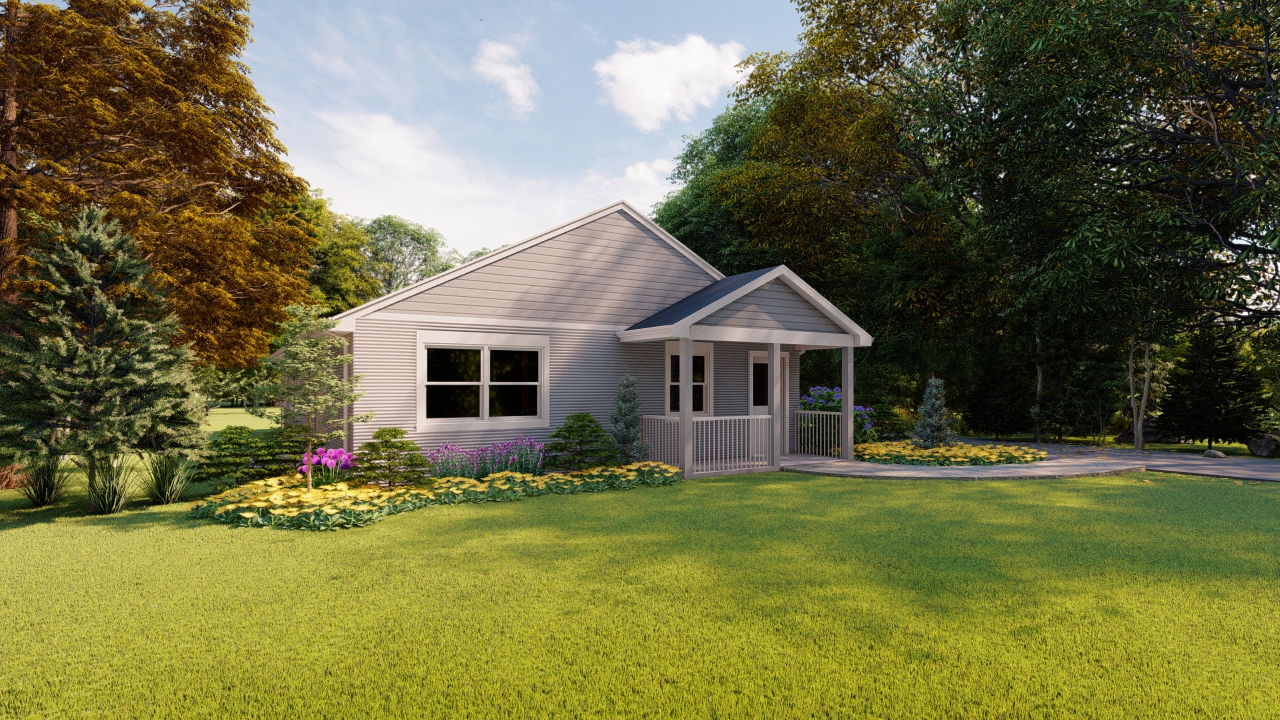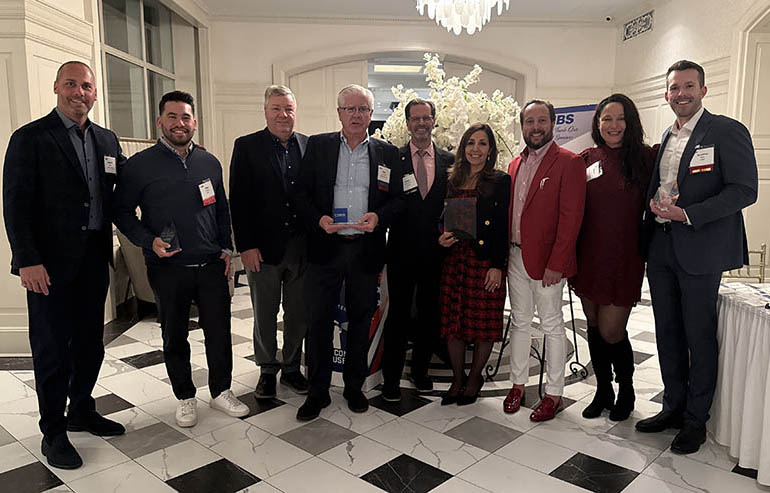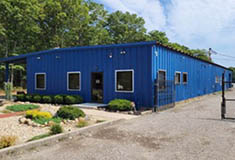To tackle the housing crisis, look to 3D printing - by Kevin Paul


The United States is in the midst of a housing crisis. Since the early 1900s, homeownership has been a key component of the American dream. A home was more than just real estate; it signified an investment in one’s family, community, and country.
However, in recent years, skyrocketing costs have transformed the prospect of purchasing a home from a rite of passage into an unattainable pipe dream. Perhaps more alarming is that rentals, often a precursor to homeownership, are equally unaffordable, with soaring rent prices consuming a greater share of the average American’s monthly paycheck, leaving many unable to live within their means.
One of the largest drivers of these increased costs is a lack of safe, affordable, and diverse housing stock. The United States is currently facing a shortage of between four and seven million homes as of 2024, including apartment and condominium units. Developers and housing advocates have proffered a wide variety of solutions that include everything from increasing rental and homeowner assistance subsidies to amending restrictive zoning regulations.
One solution, however, is not discussed nearly as often as it should be: 3D-printed housing.
Technology that was once only suitable for aesthetic prototypes is poised to become a major transformative force in the manufacturing and construction industries. In a process known as additive manufacturing, 3D printers use data from digital models to construct three-dimensional objects layer by layer. This process can scale up to construct entire homes and even multifamily residences, dramatically expanding our options for addressing the nation’s housing shortage.
Compared to traditional building construction, additive manufacturing tends to be faster, more ecologically friendly, and far less expensive.
As the principal architect of the first 3D-printed home in the United States to receive a certificate of occupancy, I was able to witness firsthand the myriad of efficiencies that this technology enables. By utilizing an autonomous robotic construction system (ARCS), a gantry-style 3D printer arm developed by construction technology company SQ4D, we built the 1,500 s/f Long Island home in a fraction of the time and at a fraction of the cost of traditional construction.
The ARCS printed concrete at a rate of 400-700 inches per minute, with each layer timed precisely to allow the next layer to bond with zero downtime. It ultimately only took about 48 hours of print time over a period of eight days to build the 3D-printed structure, reducing build time down from the traditional six to eight weeks. The remainder of the three-bedroom, one-bathroom home was completed within 40 days.
During the process, the ARCS required no more than two workers at a time, significantly reducing labor costs, and consumed power at roughly the same rate as a standard hairdryer. In general, the project also required less equipment and fewer vehicles, leading to a reduction in carbon emissions, construction and demolition debris, and noise pollution as well.
This technology is also applicable to multifamily and mixed-use housing, allowing developers to build multi-story, multi-unit residences at a fraction of the cost of standard apartment buildings. Property owners can pass these savings down to tenants, who will then have more money to reinvest in the local economy (potentially within the same development if mixed-use).
The lower costs of additive manufacturing, as well as the scalability of the 3D printing process, helps lower barriers of entry for developers. By reducing the cost to produce a fully-functional home, developers can charge buyers and renters less money, opening the door to a more diverse range of small developers and nonprofit organizations to build and administer housing.
Furthermore, by increasing the overall housing supply to meet demand, these budget-friendly single- and multi-family structures would help control local housing costs and prevent the kind of runaway home prices that lock prospective buyers and renters out of local housing markets. Other costs, such as energy bills and insurance premiums, would be lower for consumers as well, as these special concrete homes provide energy-efficient heat insulation and offer greater resiliency against storm, fire, and earthquake damage than traditional timber-frame structures.
The lighter impact on the local environment and neighborhood quality of life can also make it easier for developers to obtain broad community support and approval from municipal planning and zoning boards. Concrete 3D-printed buildings are customizable to meet the exact requirements of any residential zone. Municipalities that wish to encourage more 3D-printed development can also provide additional incentives, including expedited planning and permitting reviews and waived permit fees.
The benefits of homeownership are numerous and well-documented. Owning a home is tied to an improvement in wealth accumulation, physical and mental health, and community engagement. On a broader scale, communities with higher homeownership rates also tend to see job growth, increased local investment, and a reduction in crime rates.
The impact of 3D-printed housing goes beyond providing more roofs over more heads. It can also revitalize communities, help large swaths of Americans build generational wealth, and improve our broad economic outlook. There are already strong incentives to construction through additive manufacturing, and by collaborating with local governments and architectural consultants, we can work together—not only to build housing, but a better future.
Kevin Paul, AIA, NCARB, LEED AP, CFM is a senior vice president & private sector real estate discipline director at H2M architects + engineers, Melville, NY.
Suffolk County IDA supports expansion of A&Z Pharmaceuticals


The evolving relationship of environmental consultants and the lending community - by Chuck Merritt
When Environmental Site Assessments (ESA) were first part of commercial real estate risk management, it was the lenders driving this requirement. When a borrower wanted a loan on a property, banks would utilize a list of “Approved Consultants” to order the report on both refinances and purchases.









.jpg)